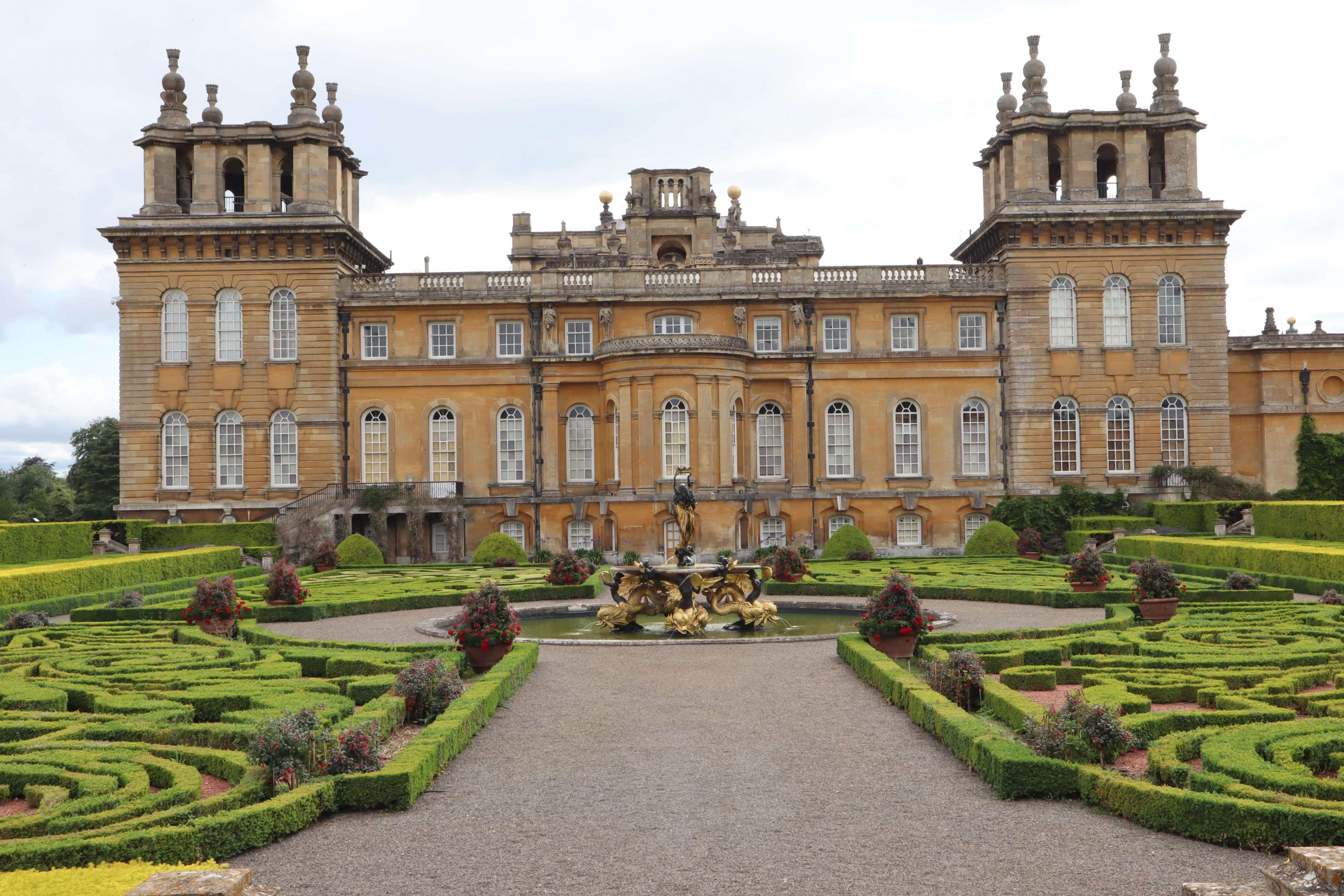Blenheim Palace is a magnificent and wildly extravagant country house located in Woodstock, Oxfordshire. It is the only non-royal and non-episcopal (residence of a bishop) palace in England. It is one of the largest houses in England and is designed in the short lived distinct baroque style. It was built by the first Duke and Duchess of Marlborough between 1705 and 1722.
| Built | Between 1705 and 1722 (approximately) |
| Type | Baroque Style Palace |
| Condition | Intact |
| Ownership | Private |
| Access | Public – Admission Fee |
| Postcode | OX20 1PP |
Click here to watch our video tour of Blenheim Palace
The palace was a gift from Queen Anne to John Churchill, 1st Duke of Marlborough to celebrate his military triumphs in the War of Spanish Succession which culminated in the Battle of Blenheim in 1704.
John Churchill was born in Devon in 1650 to a minor gentry family. In 1678, Churchill married Sarah Jennings, an attendant upon Princess Anne. Churchill’s military career flourished and during the War of Spanish Succession he proved himself to be a very capable commander winning a series of victories for the British, including the Battle of Blenheim (1704), the Battle of Ramillies (1706), the Battle of Oudenarde (1708) and the Battle of Malplaquet (1709). For his victory at Blenheim, Churchill was rewarded with the gift of land at Woodstock and substantial funds to build a country house.
Churchill’s wife, Sarah was known to be a ‘difficult’ woman although also utterly charming when she chose to be. Sarah was an attendant upon Princess Anne and became her close friend. When Anne became Queen Anne, Sarah was chosen to be Her Majesty’s Mistress of the Robes, a position where she wielded great influence over the Queen on both personal and political affairs.
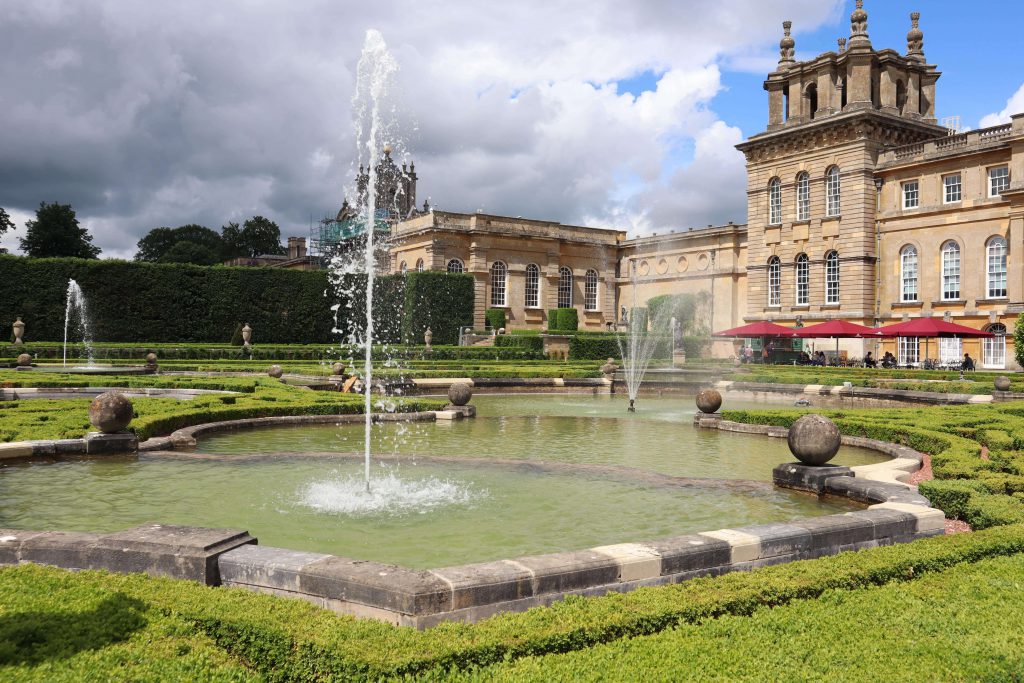
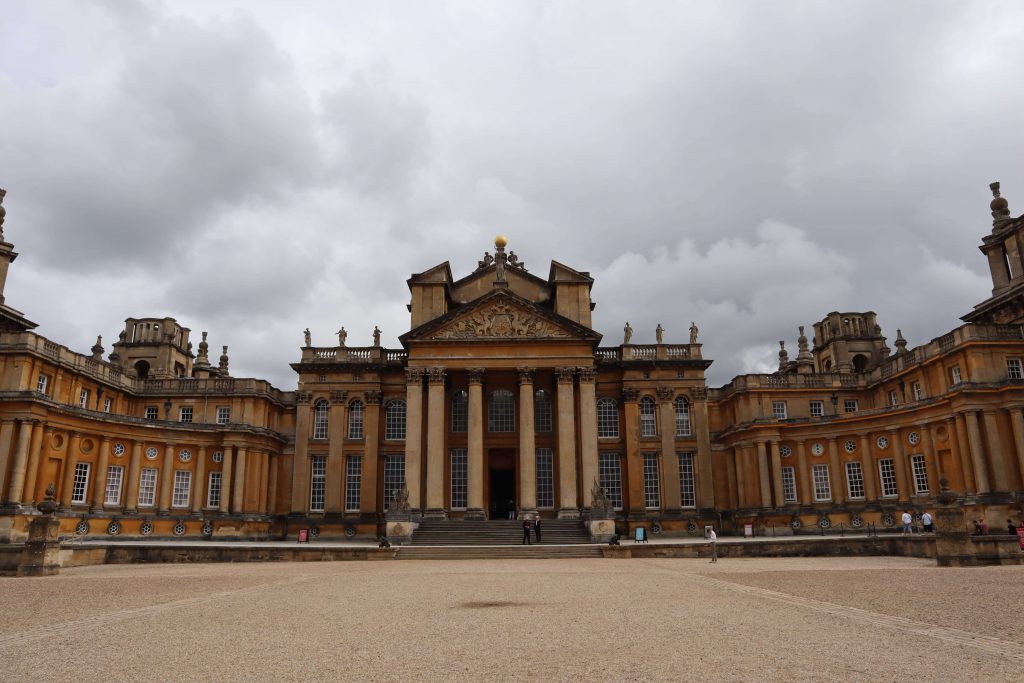
The land that Blenheim Palace was to be built on contained the historic ruins of the Manor of Woodstock. The manor had been the site where Elizabeth I had been imprisoned from 1554 to 1555, it was later bombarded and ruined by Oliver Cromwell’s troops during the Civil War. Sarah, 1st Duchess of Marlborough insisted the ruins were completely removed, this was opposed by the Palace’s architect but eventually the Duchess had her way and the ruins were cleared.
The architect commissioned by the Duke to design Blenheim Palace was Sir John Vanbrugh, which was a curious appointment as he had limited architectural experience and usually worked in conjunction with the trained Nicholas Hawksmoor. This choice did not go down well with the Duchess who favoured Sir Christopher Wren, most famous for St Paul’s Cathedral.
Funding the construction of the palace faced many troubles, the Duke is thought to have contributed £60,000 and a colossal £240,000 was received from the crown. The relationship between Queen Anne and the Duchess became strained and after frequent altercations Queen Anne ceased further payments for the palace in 1712. The Marlboroughs were forced into exile until after Queen Anne’s death in 1714.
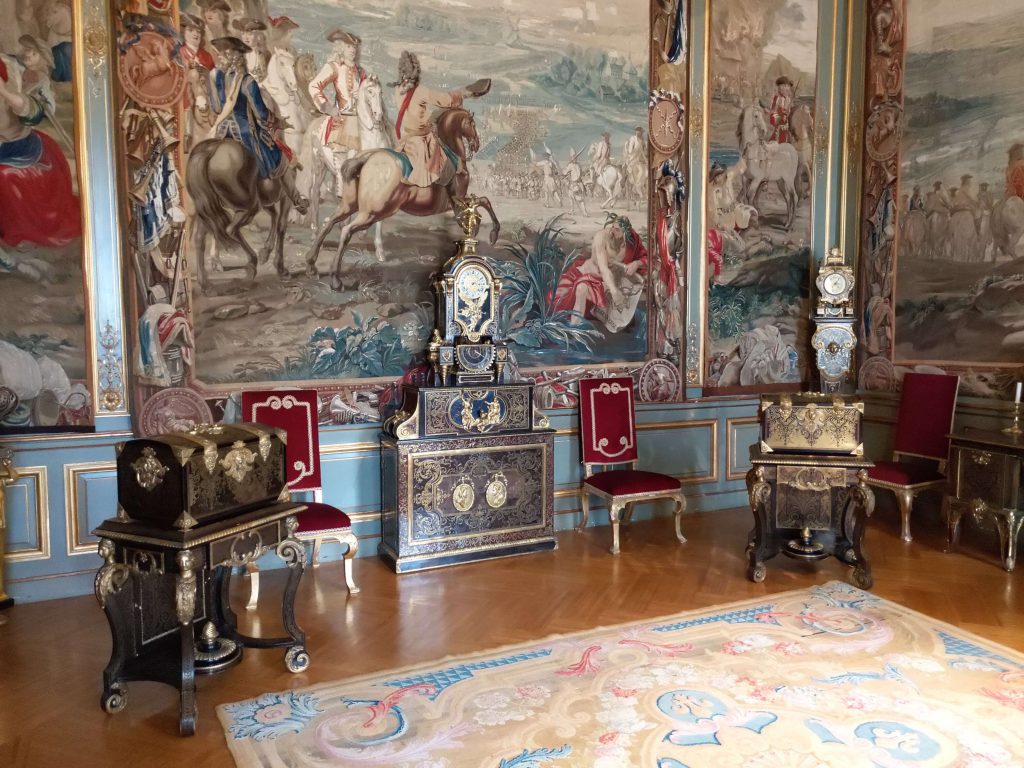
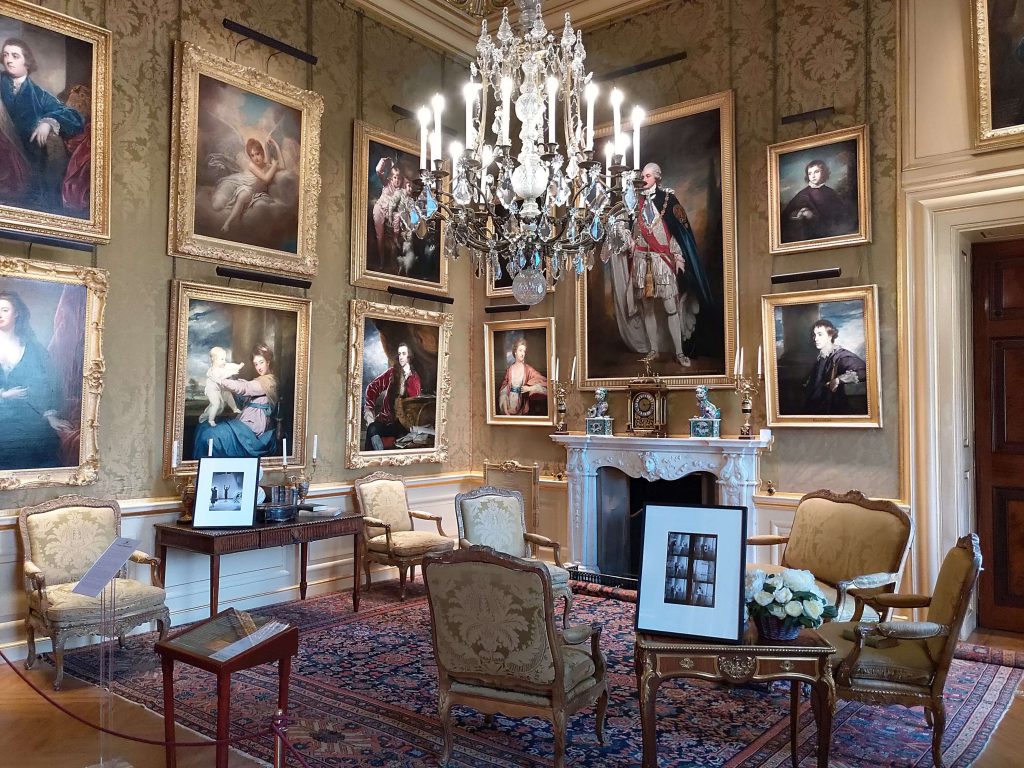
Upon their return, the Duke and Duchess soon regained favour at the court and the Duke decided to take on Blenheim Palace’s completion at his own expense. The Duke’s wallet was much smaller than the crowns and he had to employ new craftsmen that would accept a lower wage.
In 1717, the Duke suffered a massive stroke and the Duchess took control of the building project. Costs had spiralled and the Duchess accused Vanbrugh of extravagance. The Duchess desired a palace that was a fitting tribute to her husband but also a comfortable family home which was not an easy task to achieve. Tensions and arguments between the Duchess and Vanbrugh escalated and after one particularly heated altercation Vanbrugh stormed out of the site in a rage, insisting that the new craftsmen were inferior to the ones that he had employed.
Vanbrugh was banned from the site from this point onwards and even his wife was refused entry as a member of the viewing public upon Blenheim’s completion. Vanbrugh’s reputation was now gravely damaged and he received no further great public commissions. His final design was Seaton Delaval in Northumberland and is considered to be his finest work but he sadly died shortly before its completion.

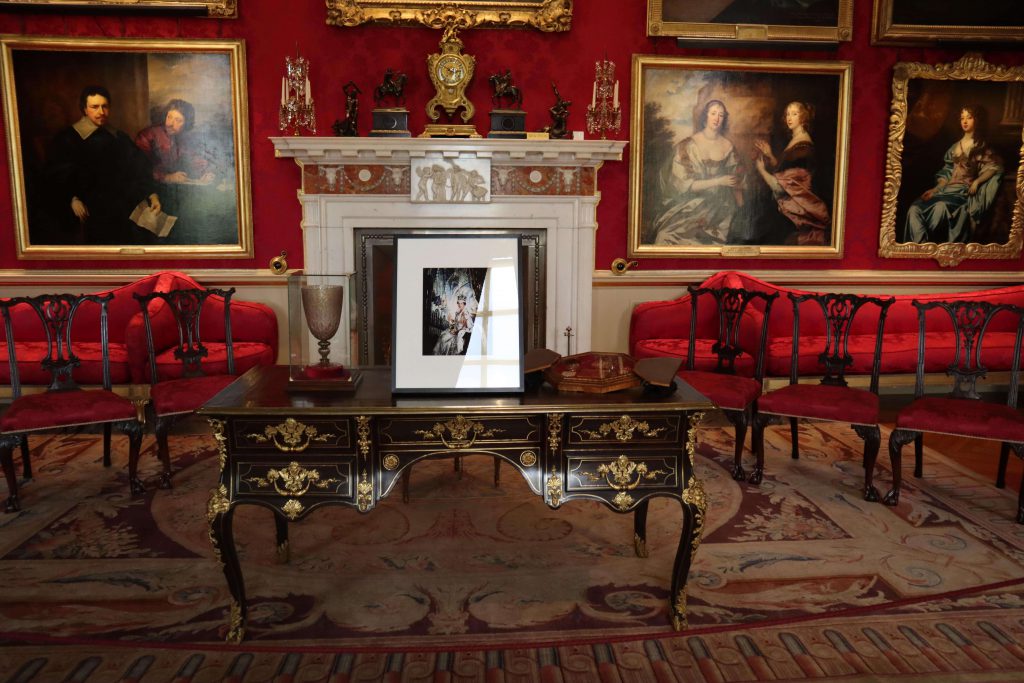
Following Vanbrugh’s exit, his assistant architect Hawksmoor completed the work. In 1722, the Duke died but the Duchess was determined to complete Blenheim Palace as a tribute to her late husband. The exact date that Blenheim Palace was completed is unknown.
Blenheim Palace was passed down the family line, when the 5th Duke of Marlborough, George Spencer-Churchill inherited the palace in 1817, his irresponsible spending depleted the remaining family fortunes and he was forced to sell off other family estates, Blenheim was safe though as it was entailed which forbid its sale.
When the 7th Duke inherited Blenheim Palace, the family’s fortunes were still in a dire state and in 1880 he was forced to petition Parliament to break the protective entail and the great Sunderland Library was sold off for vast sums of money, but it was not enough.
One memorable person to have been born at Blenheim Palace is none other than Sir Winston Churchill. On 30th November 1874 he was born at the palace and 27th December of the same year he was baptised at the palace chapel. Churchill also proposed to his future wife Clementine at Blenheim, he had planned a romantic walk to the Rose Garden but a sudden torrent of rain disrupted his plans but he quickly improvised and took Clementine to shelter in the Temple of Diana and proposed there.


When the 9th Duke of Marlborough, Charles inherited Blenheim in 1892 the estate was nearly bankrupt. Charles took a very different approach to solving the family’s financial crisis, he married into money. In 1886 he married the American railroad heiress Consuelo Vanderbilt, her parents were desperate to see their daughter become a duchess, a privilege that her father paid $2.5 million (approximately $81.4 million today) for, with an added annual income of $100,000 each for life.
The marriage was not a happy one and certainly did not get off to a good start, upon completing their vows and leaving the church, Charles told Consuelo that he loved another woman and would never return to America. During their honeymoon, George got to work replenishing the depleted palace with tapestries, painting and furniture he found in Europe and upon his return to the palace he immediately set out on an extensive renovation of the palace and gardens.


In 1906 the unhappy Consuelo shocked society when she left her husband. They divorced in 1921 and she remarried in the same year, this time a happy marriage ensued and she later wrote a candid biography “The Glitter & The Gold” recalling her time at Blenheim with Charles as the ‘glitter’ and her second marriage as the ‘gold’.
Charles also remarried again, he married a former friend of Consuelo, Gladys Deacon. Their marriage was not a happy one and it is said that Gladys was in the habit of dining with the Duke with a revolver by the side of her plate and keeping the revolver in her bedroom to discourage her husband from entering. Charles soon tired of this and although he never divorced Gladys before his death in 1934, he did evict her from the palace by means of temporarily closing Blenheim Palace and cutting off all utilities.
Today Blenheim Palace still remains in the hands of the Dukes of Marlborough, currently the 12th Duke and is a frequent location for filming, in fact it has made 71 appearances in television and film, more than any other English Country House. The palace and gardens are also open for the public to visit for an entrance fee. Visit Blenheim Palace’s official website for booking information.
Click below to explore Blenheim Palace with us and discover it’s history

